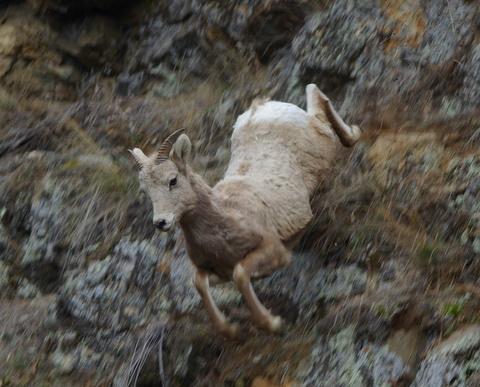All Defenders payments for dead livestock ends in September-
It really seemed like a good idea. Wolves will kill some livestock, but a public spirited conservation group will pay generously for all verified losses and even 50% for unverified, but probable losses to wolves.
Defenders has been paying these claims for well over 15 years now. In my opinion, however, the program did not work if their intent was to generate public support or prevent opposition to wolf restoration. Defenders own studies showed that the program did not build support for wolves among livestock owners.
In retrospect, it is easy to see why it failed. Livestock owners hatred of wolves is not based on the economic value of their losses. If the losses were heavier, it might have been welcomed, but in most cases the person who lost stock could pretty easily afford to absorb the loss. As a result, they could turn down the compensation, or maybe even accept it, but vent their spleen anyway. In a few cases it is clear that owners who welcomed a payment were pressured not to apply for one.
Defender’s program will be replaced by a federal/state compensation program recently set up by law by Senators Tester of Montana and John Barrasso of Wyoming. It is less generous, however. Under the new program there has to be a proven loss and states have to pay 50%. The later won’t be hard to achieve at least in Idaho, the legislature will be happy to cut the benefits of blind old people or those tax-sucking school children to pay for the livestock.
Conservation group ends wolf predation payments. Associated Press (as printed in the Seattle PI)








